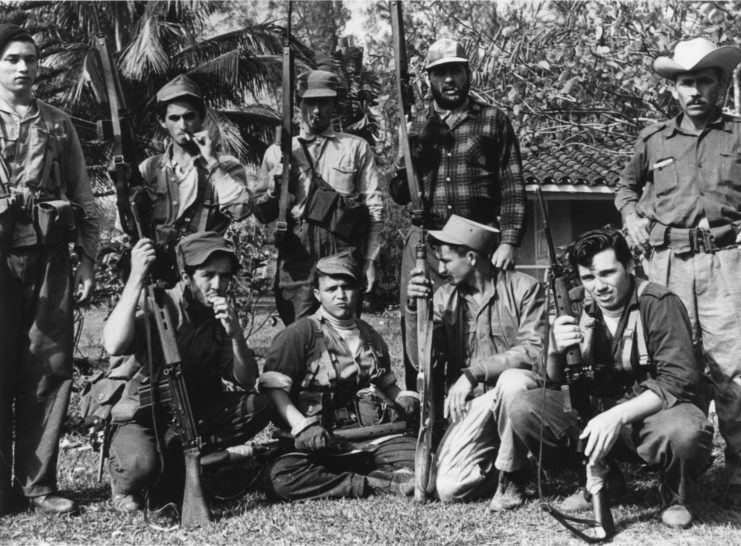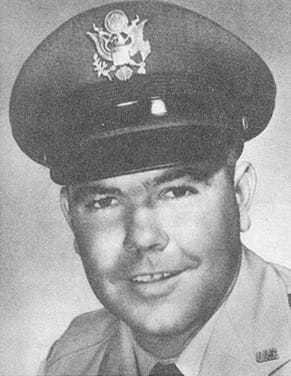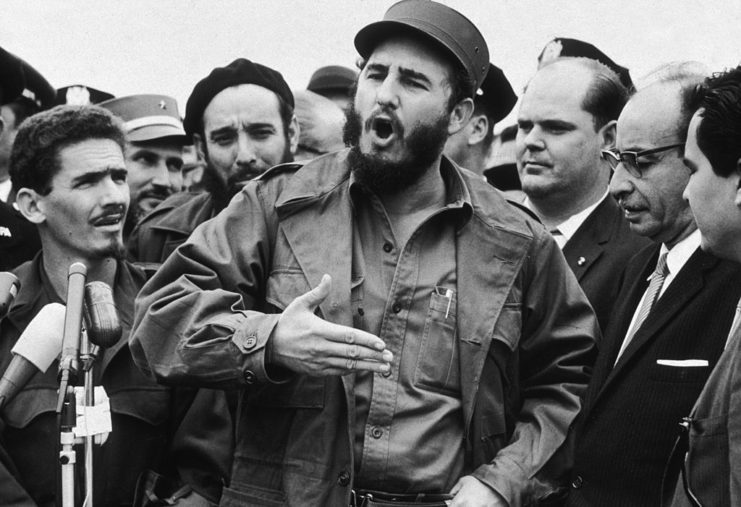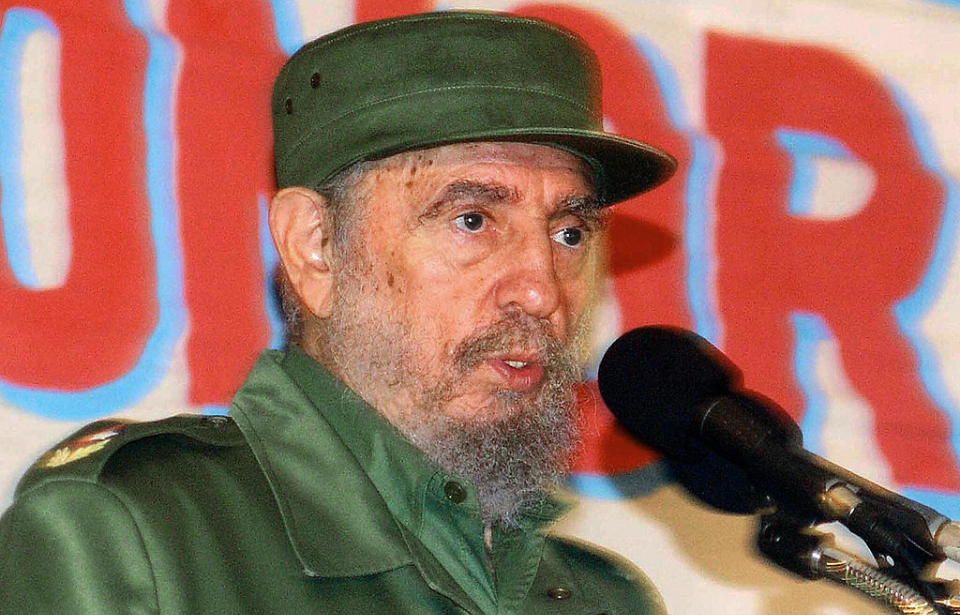During the botched Bay of Pigs Invasion in 1961, the United States sent members of the Alabama Air National Guard on a mission for the CIA, to support the offensive. As the country was not officially involved, the presence of Americans in Cuba was a closely-guarded secret. As history would later show, the invasion became one of the CIA’s most embarrassing failures, amplified by the discovery of US airman Lt. Thomas “Pete” Ray’s body, which the US government refused to claim for decades.
Bay of Pigs Invasion

In 1961, the US funded and planned an invasion on Cuba’s southwestern coast, to be carried out by Cuban exiles. The original plan intended to employ both air and naval power to ensure its success, but when the 1,500-strong invasion force arrived, they received minimal support. The international community learned about the attack, and US President John F. Kennedy decided to limit the use of airpower.
The government went to great lengths to hide its involvement, going so far as to paint aircraft in Cuban colors to create confusion. The invading party and pilots were trained by US forces and the CIA. The aircraft flown by the exiled Cubans had to be the same as those equipped by the Cuban Air Force. As they used the Douglas B-26 Invader, this was the type that was chosen.
However, by 1961, the aging 1940s-era bomber was only flown by the Alabama Air National Guard. As such, pilots from the aerial militia were chosen to train and supervise the invaders. However, they were under strict orders to not participate in any missions themselves.
Lt. Thomas “Pete” Ray

Lt. Thomas Ray of the Alabama Air National Guard was shot down while piloting a B-26 Invader during the Bay of Pigs Invasion. The aircraft was hit by Cuban anti-aircraft fire shortly after attacking Fidel Castro‘s field headquarters. In similar attacks, they dropped napalm onto targets below.
Although US pilots were originally prohibited from participating in the invasion, the CIA reluctantly allowed them to fly after the situation became more desperate.
According to the Los Angeles Times, the agency reinforced the secrecy of the operation to the airmen: “Cannot attach sufficient importance to fact that American crews must not fall into enemy hands. In the event this happens, despite all precautions, crews must state [they are] hired mercenaries, fighting communism, etc.; U.S. will deny any knowledge.”
After landing, Thomas Ray and his flight engineer, Leo Baker, were discovered by Cuban soldiers and shot. Ray’s body was then collected and placed on ice. Although the US was desperately refusing to take any responsibility for the attack, Castro knew the CIA was pulling the strings. He wanted to prove without a doubt the US had been involved, and Ray’s body was the best way to do it.
However, the US wouldn’t budge. The CIA continued to deny any involvement and, therefore, wouldn’t repatriate Ray’s body. To the airman’s family and friends, he’d simply vanished without any explanation, as they were unaware that the government knew exactly what had happened.
Lt. Thomas “Pete” Ray’s body is returned to the United States

If the CIA wanted to repatriate Thomas Ray’s body, it would have to admit American involvement in the Bay of Pigs Invasion. Even the Cubans were confused by the government’s cold treatment of the deceased.
Following his disappearance, Ray’s wife began trying to find some answers about his death, which were being held secret by those associated with the Alabama Air Guard. A number of rumors have circulated since about the CIA’s bullying of those who refused to let the topic die. One mentioned in the Los Angeles Times article details how the agency threatened to institutionalize Ray’s wife if she continued searching for answers.
In 1979, Cuba became aware that Ray’s daughter, Janet Ray Weininger, was trying to recover her father’s body. As a result, his body was returned to the US. It was also around this time that the CIA privately informed Weininger that Ray had participated in the Bay of Pigs Invasion and had actually been awarded the agency’s highest award: the Distinguished Intelligence Cross.
More from us: Viktor Belenko: The Soviet Pilot Whose Defection Gave the West Access to the MiG-25
Despite Thomas Ray’s body having been returned and Weininger receiving her much-sought after answers, the CIA still refused to publicly confirm the airman’s involvement in the Bay of Pigs Invasion until 1998, when additional media pressure was applied. In addition to this, it was revealed the agency had also set up a fake company to pay the families of the deceased pilots a regular sum of money, and even funded their children’s post-secondary education.
As this information was finally public knowledge, Ray’s name was finally added to the Book of Honor in the foyer of the CIA’s headquarters.
